How do you install rigid insulation to the outside of a brick house"
There is no space between bricks so we would like to add R20 to the exterior of the house also providing a vapour barrier. A previous owner had taking down the lath and plaster and installed two by twos with a bit of fiberglass insulation but no effective vapour barrier.
Any suggestions would be appreciated.

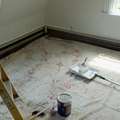



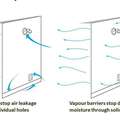
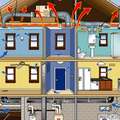

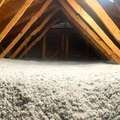
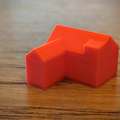





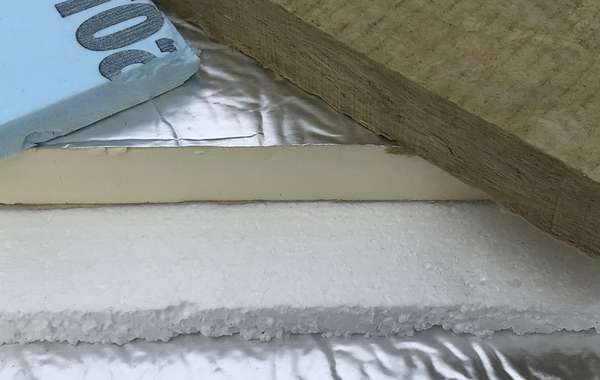
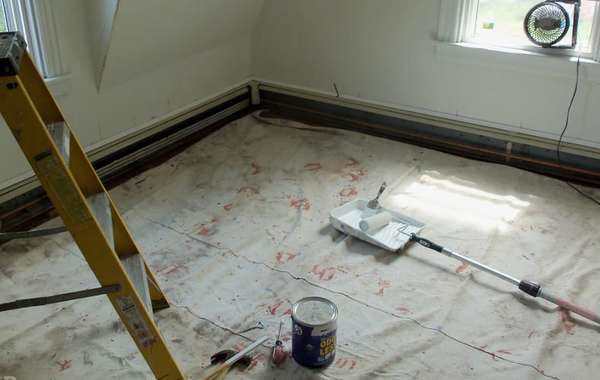
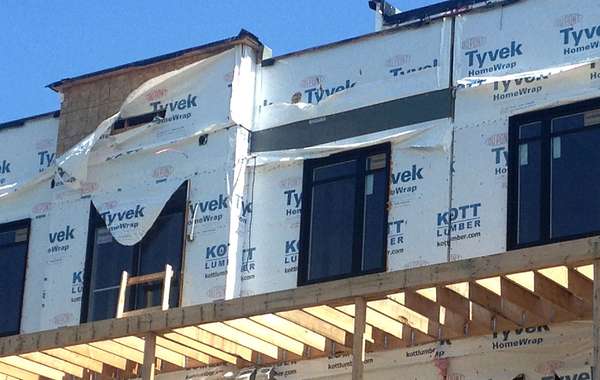
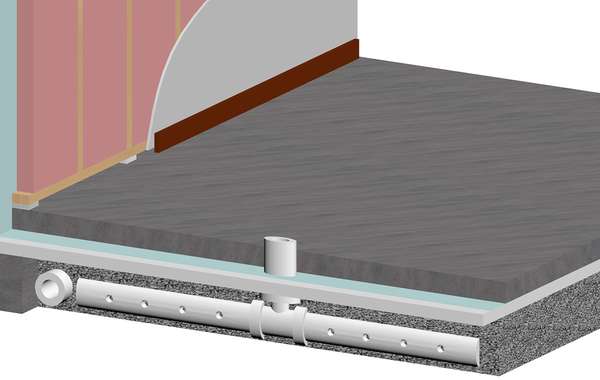
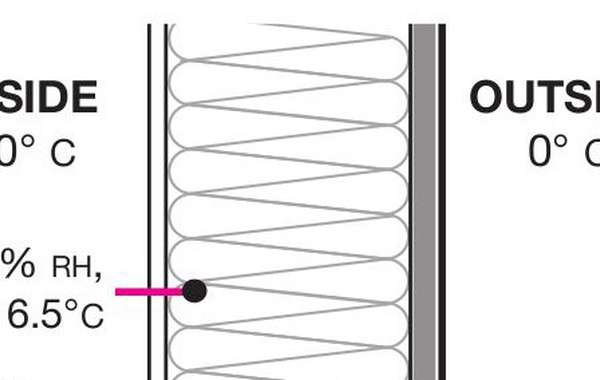
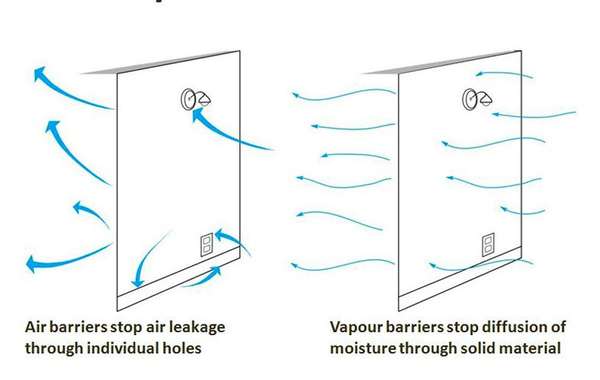
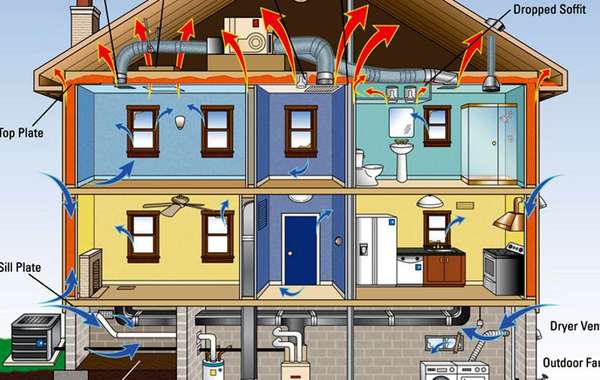
Insulating an old brick house from the interior or exterior and adding a vapour barrier are two different things, so let’s address them separately. And since you didn’t write ‘vapor barrier’ I suspect you are writing from Canada? There’s no place in the great white north where you would want to put a vapour barrier on the outside of a building, so hold that thought. Not having an interior vapour barrier can be rectified, but creating an air barrier after the fact is more tricky. The first step is to understand what each one does, and please keep in mind that most people (builders included) don’t realize that they perform two entirely different roles, so have a read here first –
The difference between air barriers and vapour barriers
First let’s cover that existing situation – If I understand, you probably have a total of 5.5” inches of insulation by adding 2x2’s to old 2x4s (which are probably a true 4 inches rather than 3.5inches) and your concern is that there was no 6 mil poly vapour barrier added? I'm just confused by your mention that there wasn't an 'effective' vapour barrier. I'm wondering, as you will come to understand after reading the above, if you don't actually mean effective 'air barrier'. Let me know, but I'll proceed with the vapour barrier solution
When you remove air leakage from the equation (as explained in that article above) stopping vapour diffusion becomes a bit more manageable. One option may be to apply vapour barrier paint / vapour retarder primer as we did on a demo house a few years ago.
About insulation now – you could insulate the outside of the bricks, but rather than applying something that will hold moisture, you’re best to install something like Rockwool mineral wool insulation that will let moisture move right through it, which will allow your walls to dry to the exterior. We can try to help a bit more, but can you let us know what climate zone / city you are in? That’s a determining factor for how much insulation you should add.
Another page that may help you is our Building Science Made Easy Video. Once you know what a wall is supposed to do, the options will make more sense.